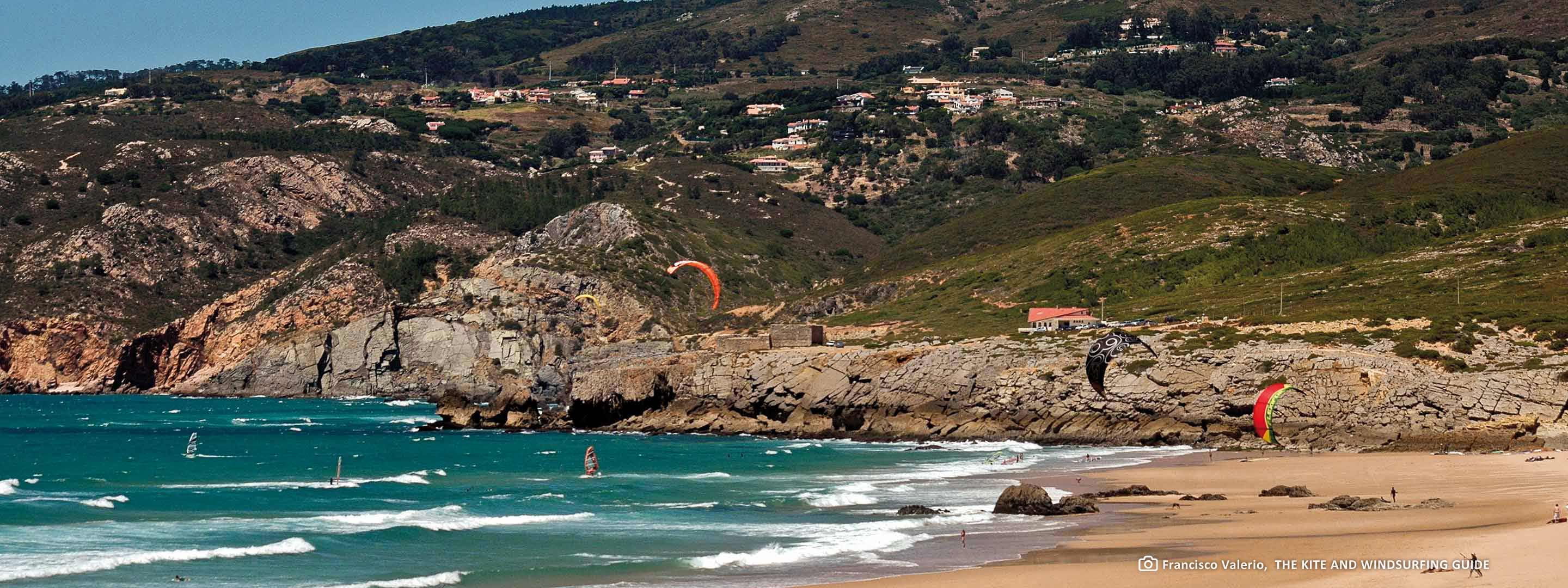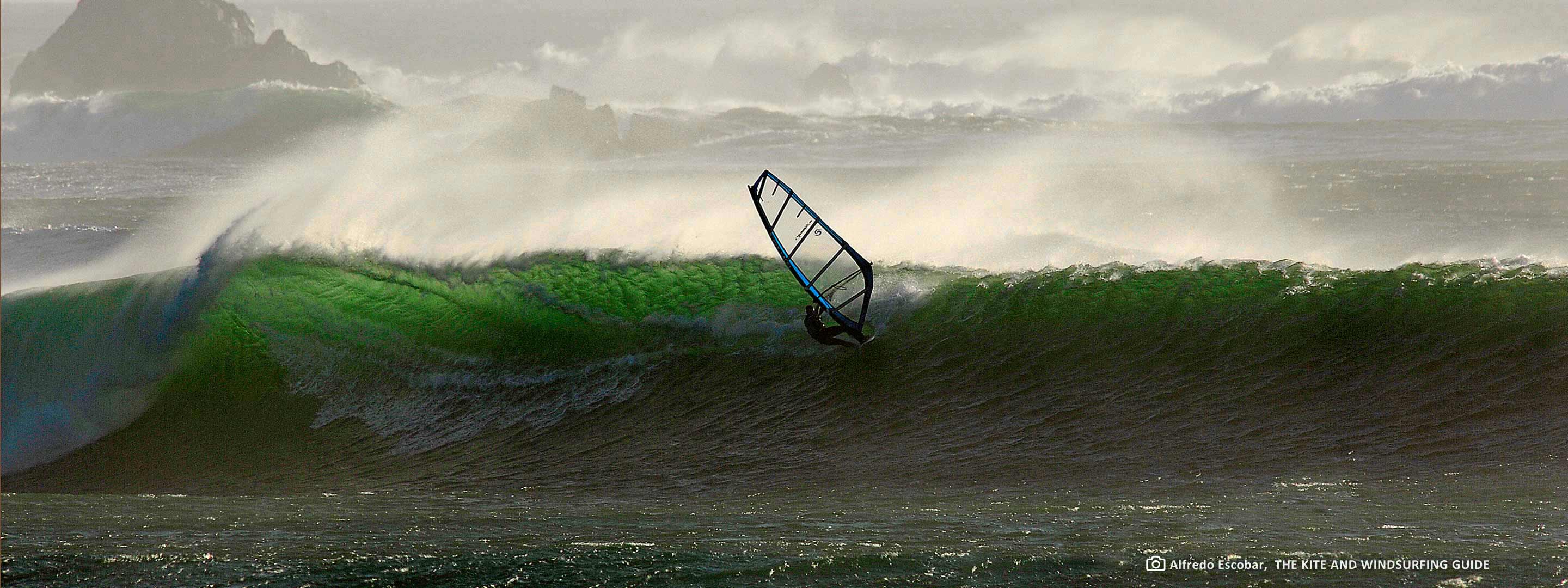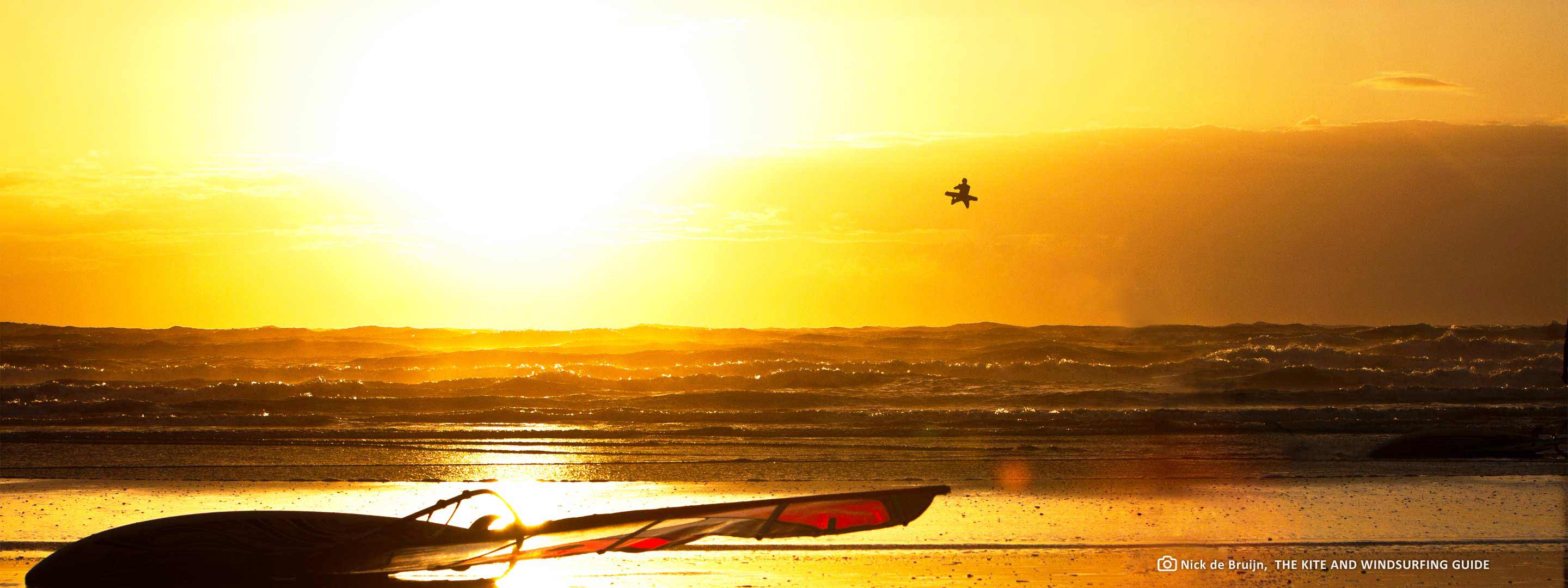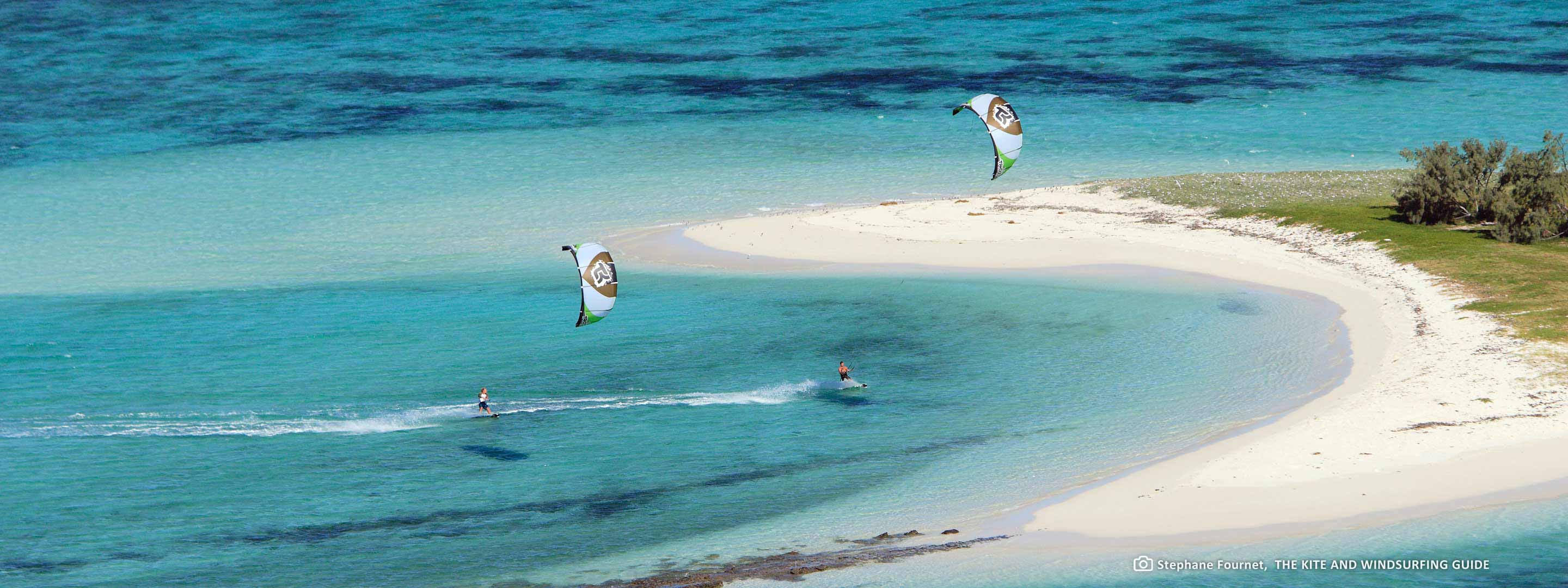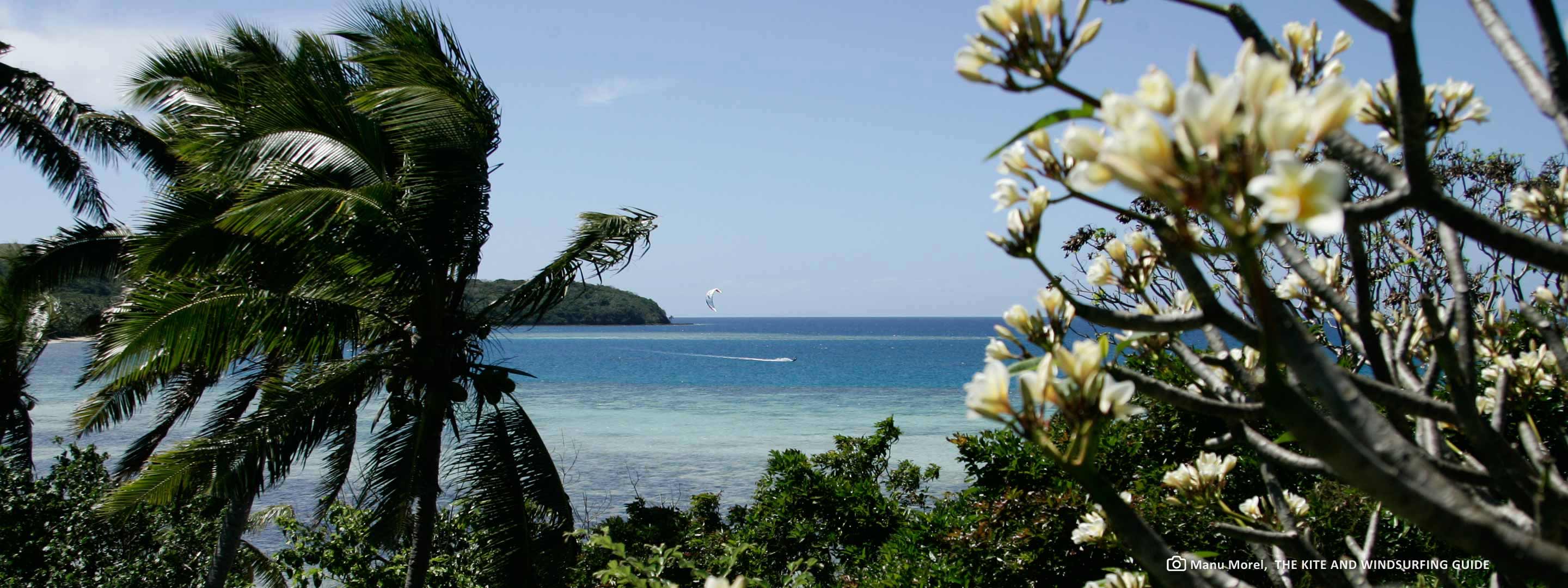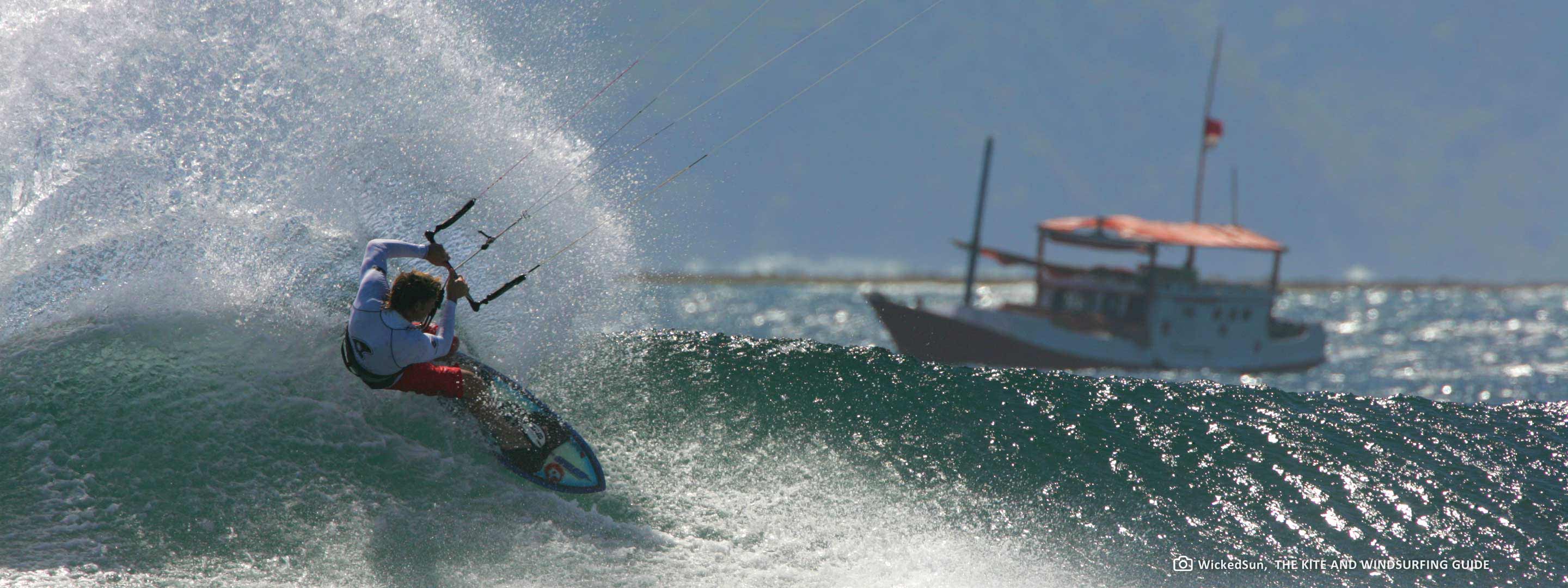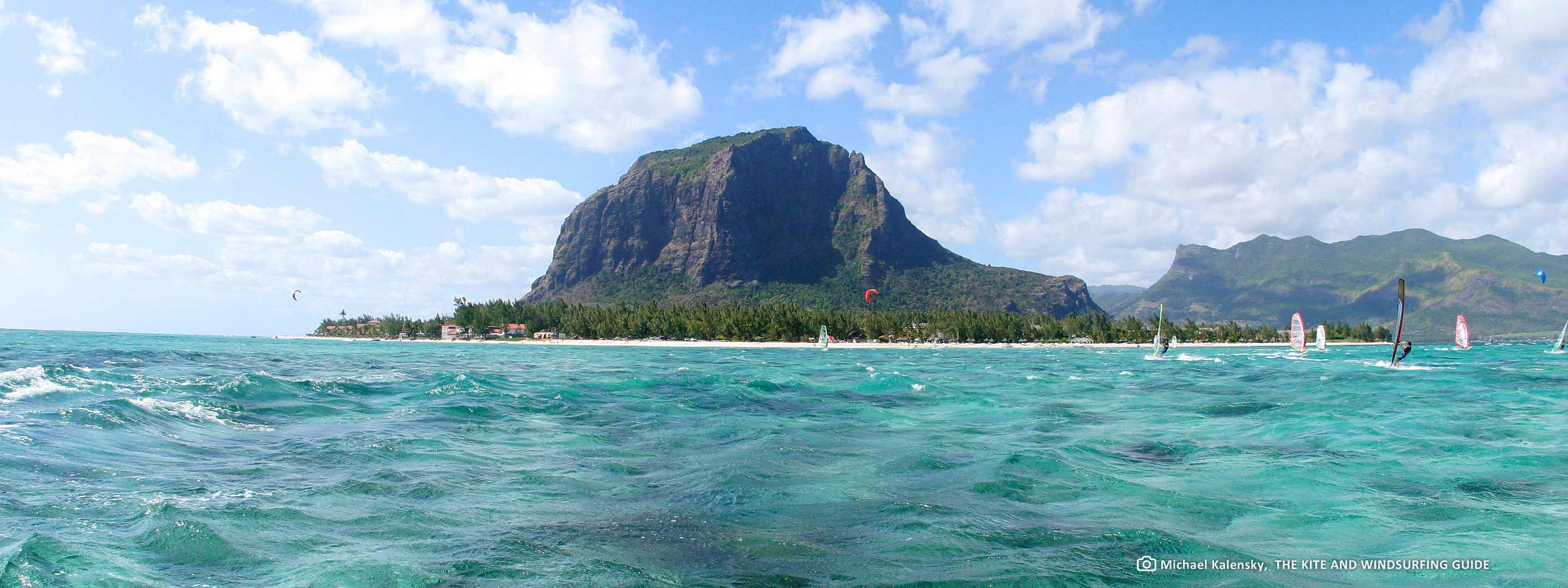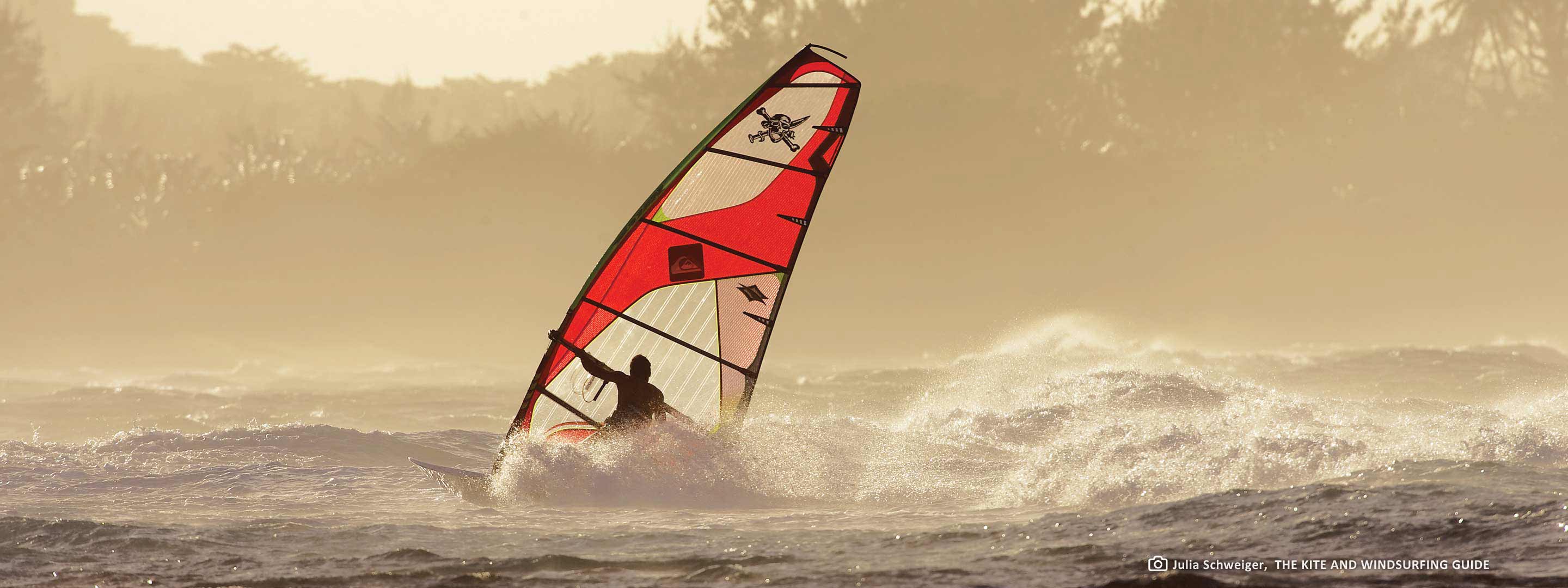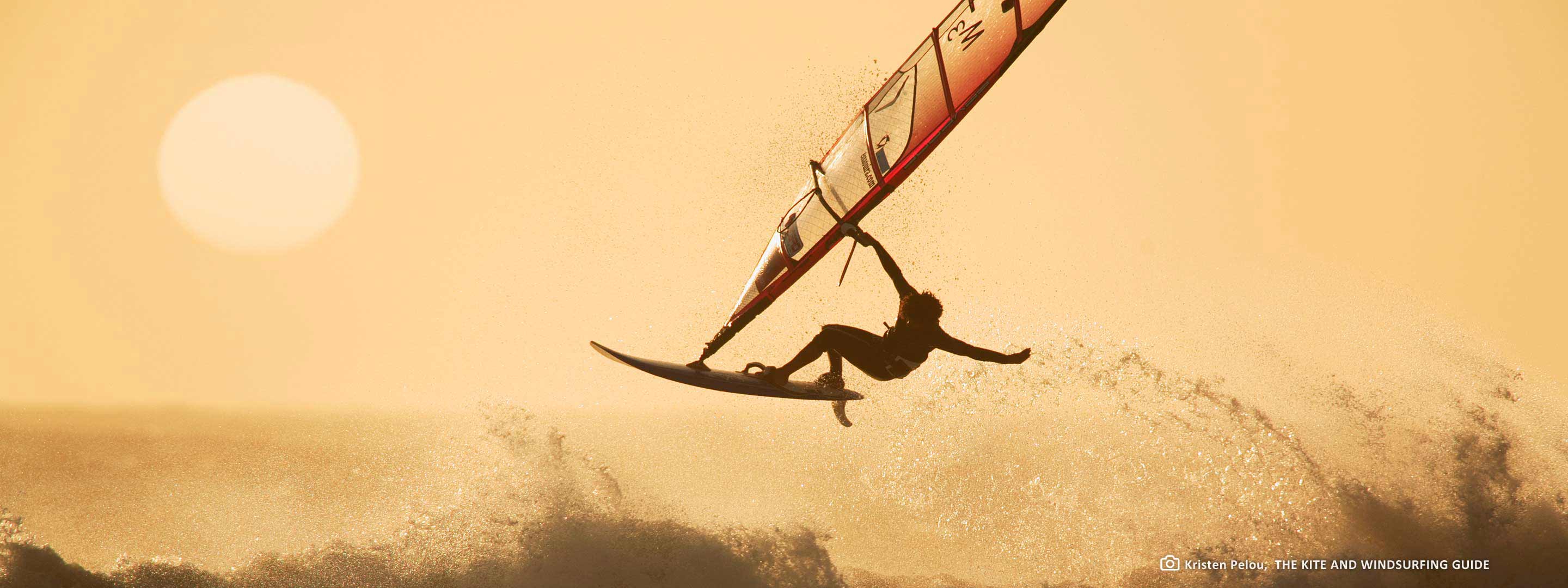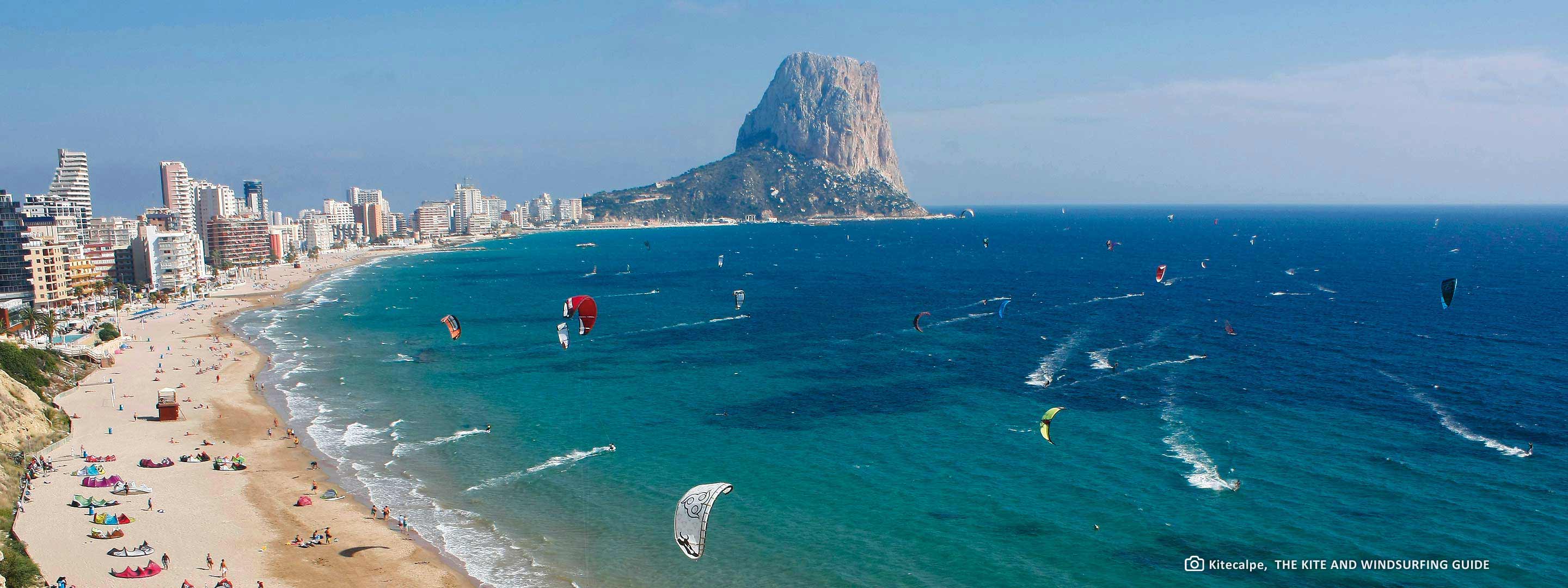Tenryugawa
South of Tokyo
Auszug aus dem KITE AND WINDSURFING GUIDE:
Just beyond the vast sprawling metropolis of Tokyo, towards the tip of Kanagawa Prefecture, Tsukui is the local slalom and freestyle hotspot. The beach is very narrow, but there’s plenty more room and absolute safety on the sands just round the bay at Miura Kaigan – windsurfers should look out for mooring ropes, kiters launch midway up the beach in front of the pyramid-shaped toilet block! Further west into the popular Shonan region of beach-resorts, two spots sit either side of the tiny island of Enoshima at the mouth of the Katase River – Enoshima Higashihama to the east and Enoshima Nishihama to the west. Both can see a fun little wave, but being so close to town are popular beaches for Tokyoites so can get thronged at weekends. These beaches are reserved purely for swimming and sunbathing in high summer (Jul-Aug), but surfers rule further west at Nishihama Chigasaki where there’s often a well-shaped little wave breaking on the sandbar that can get big and hollow on a typhoon swell. For flat water, just a few hundred metres west beyond Banyu-Seishounenn campsite is a popular launch onto the Sagami River at Banyugawa. It’s dead flat and great for learners inside the river mouth or there are small waves beyond the sandbar. 100km south-west at the foot of the Izu peninsular, beneath the Shinto shrine ('jinja’) and renowned hot springs ('onsen’) is Shirahama – literally 'white beach’. Typhoons washed away the original powder-white quartz sand it was named after, but that was soon replaced with imported Australian sand. Most remarkably for a Japanese surf-spot the water’s crystal-clear, and aside from the summertime swimmers there’s not too much crowding. Further west in Shizuoka Prefecture, beyond Mount Fuji, Shizunami receives the full gamut of conditions, from dead flat to monster typhoon swells. It’s always the locals’ favourite for north-easterly winds, but if it’s blowing westerly there’s only one place to be; Omaezaki Long Beach. If you’ve heard of one spot in Japan, it’s probably this one. Since the early days, windsurfing has been big here and the World Cup Wave events (1983-1992) saw Robby Naish and fellow PWA heroes mobbed by thousands of enthusiastic fans. Nowadays, killer winter conditions still attract the crowds and the annual all-comers wavesailing event boasts over 200 entries every year. There are some rocks in the sand, conditions can get seriously big, and it’s stupidly busy on a good day. If that all gets too much, life’s usually a little less hectic on the gentle shelving sands further west near the baseball stadium at Kikugawa. On a big swell in westerly winds, the cleanest wave in the area barrels onto Fukude Beach behind the harbour wall. Or to escape the waves, try the mouth of Tenryu River – Tenryugawa. It’s flat on the inside with easy access to the gentle waves crumbling on the estuary’s outer sandbanks. Ironically, to escape the bustle of mainland Honshu you need to return to Tokyo. But Niijima isn’t back towards the neon lights – it’s a small island, a 9-hour ferry trip or 45-minute flight from the city yet administrated by Metropolitan Government. Maehama in tiny Honson village on the west coast is sheltered in all but the biggest conditions by the harbour and a small islet. Just a few hundred metres away, beyond the airstrip, 6km of beach at Habushi on the east coast sees a heavy wave with any easterly swell beneath incredible volcanic rhyolite cliffs.
